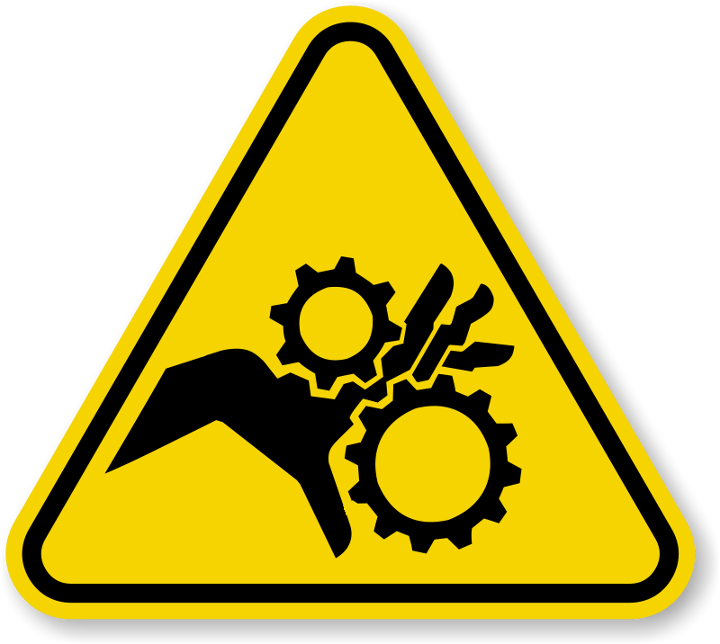
Stop Gambling with Workplace Safety
Sobering news from the WNY Council on Occupational Safety and Health: 83% of inspected construction sites in Western NY violated workplace safety regulations. What does this mean?The overwhelming majority (82%) of those violations weren’t red tape technicalities, but serious threats to health and safety. In 4% of cases, OSHA determined these violations were ‘willful’ or ‘repeat’ offenses.
Cutting Corners on Workplace Safety
Workplace safety is not about technicalities or burdensome regulation, but getting home alive and unharmed. Four of the twenty most dangerous occupations in the US are construction-related, and WNY’s construction boom means pressure to work fast, get it done, and get out on a thin margin.
Unfortunately, the evidence is in: construction site supervisors and management will gamble with the health and safety of their employees.
This feels like a radical statement, but the numbers don’t lie. 83% of work sites in violation, 82% of those presenting serious threats to your safety, and some of those either willful or repeat violations. If it’s cheaper to cut corners on safety, the odds of getting caught are low, and fines a trivial gamble against productivity gains, a number of employers are willing to roll the dice.
What’s to be done about it?
Safety is a Solved Problem
The most frustrating aspect of this problem is that we already solved it. Consider this: the first systematic survey of occupational fatalities in the US was conducted in Allegheny County, PA, between 1906 and 1907. 526 workers died on the job in that one county, in one year. 195 of them were steelworkers.
Ninety years later, in 1997, only 17 steelworkers were killed in workplace accidents nationwide.
The difference? Sensible workplace safety regulations, diligently enforced. WNYCOSH isn’t proposing anything radical in their reports, just that we do what is already proven to work:
- Increase OSHA’s budget to ensure regular inspections. In the studied period, only one workplace was inspected per day in a ten county area.
- Raise the fines for workplace violations, removing economic incentives to cheat on workplace safety. The average fine was less than 2k, and even then only if a site happened to be the one place OSHA could afford to check that day.
- Fix responsibility for safety on owners and supervisors. “Safety is everyone’s responsibility” may be true, so far as that goes, but safety is only everyone’s priority if the site management and owners are accountable. The Scaffold Safety Law is one regulation WNYCOSH singles out for maintenance and enforcement, given the number of “gravity-related” violations and injuries in the industry.
With construction site fatalities up 6% in 2014, we need to stop gambling with life and limb on the job. Safety is a solved problem – if we effectively enforce workplace safety laws.













